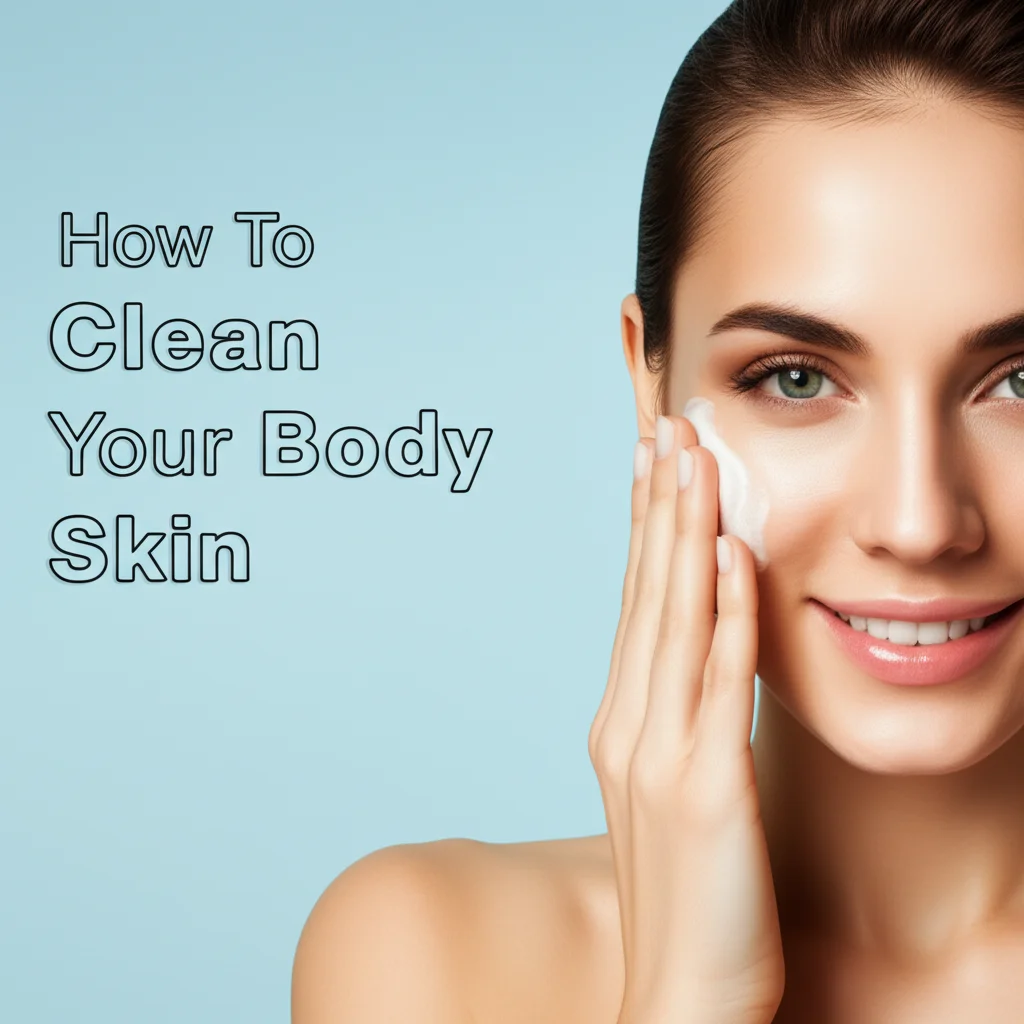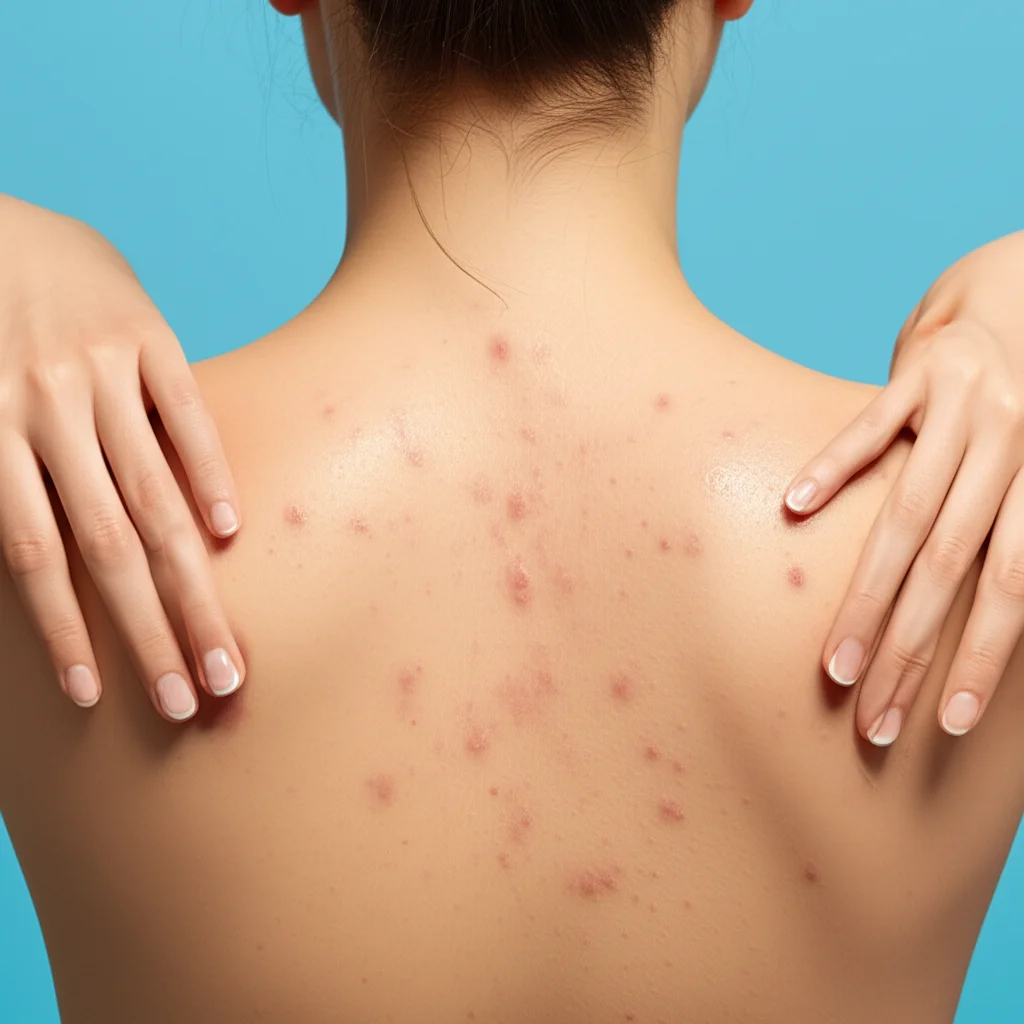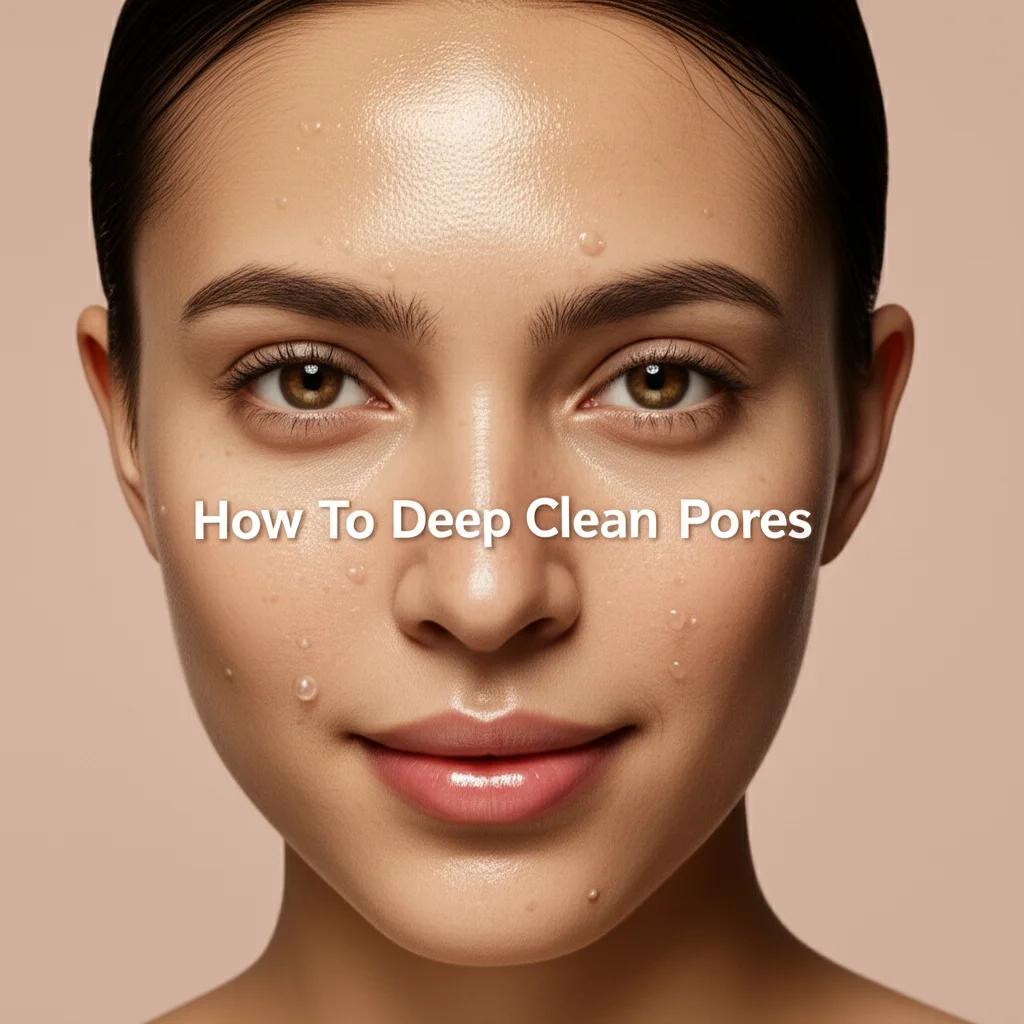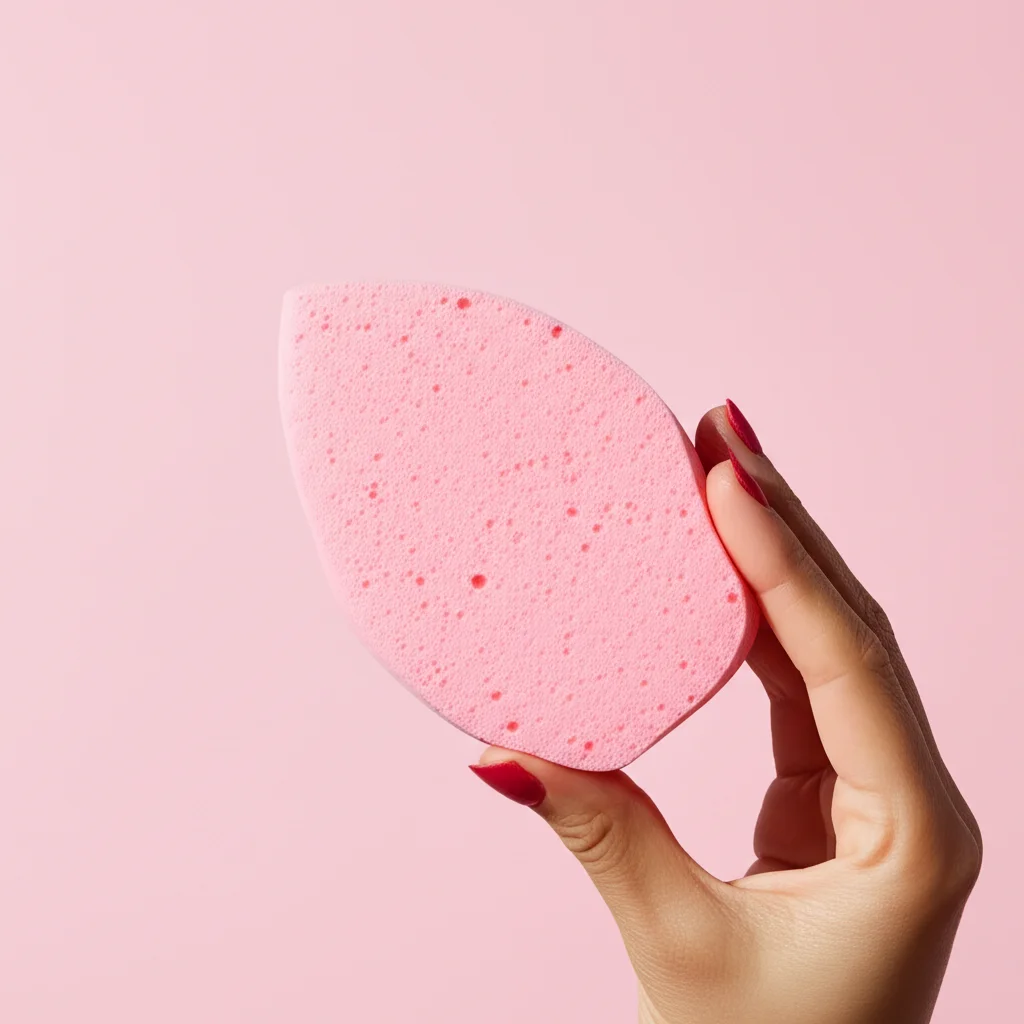· Todd Martin · Skin Care · 15 min read
How To Clean Blackheads On Nose

Clean Blackheads on Nose: Your Guide to Clear Skin
Waking up to tiny dark spots dotting your nose can be frustrating. These are blackheads, a common skin concern many of us face. You are not alone in wanting to know how to effectively clean blackheads on your nose. Understanding what causes them and the best methods for removal is key to achieving clearer, smoother skin.
This article will help you understand blackheads and provide practical solutions. We will explore gentle daily routines, effective home remedies, and professional treatments. You will also learn about safe extraction methods and important lifestyle adjustments. By the end, you will have a comprehensive guide to maintaining a blackhead-free nose.
Takeaway
- Implement a consistent daily cleansing routine: Use gentle cleansers and exfoliants.
- Utilize salicylic acid or retinoids: These ingredients help keep pores clear.
- Consider professional extractions: For stubborn blackheads, seek expert help.
- Avoid harsh scrubbing or squeezing: This can worsen irritation and damage skin.
Blackheads on the nose can be effectively cleaned and prevented through a consistent skincare regimen involving gentle cleansing, targeted exfoliation with ingredients like salicylic acid, and occasional professional treatments, all while avoiding harsh manual squeezing.
Understanding Blackheads: What Are They?
Blackheads are small, dark lesions that appear on the skin, often on the nose. They are a mild form of acne, also known as open comedones. A blackhead forms when a hair follicle becomes clogged. This clog happens with excess oil (sebum), dead skin cells, and sometimes bacteria.
Unlike whiteheads, which are closed within the skin, blackheads have an open surface. This opening exposes the clog to air. The air then causes the top part of the sebum and dead skin cell mixture to oxidize. This oxidation process gives blackheads their characteristic dark color, not dirt. Your skin is always producing sebum to keep itself moisturized. When this process goes awry, blackheads can appear.
Several factors can contribute to blackhead formation. Hormonal changes, such as during puberty or menstruation, can increase sebum production. Certain medications can also lead to more oil on your skin. Using heavy, pore-clogging makeup or skincare products is another common culprit. Sometimes, genetics simply make you more prone to developing them. Understanding these causes helps you choose the right cleaning and prevention strategies.
Poor cleansing habits can also contribute to blackheads. If dead skin cells and oil are not regularly removed, they build up. This build-up easily clogs pores. Stress and diet are also thought to play a role, though their direct impact is less clear. Proper skin care is vital for managing these pesky spots.
Gentle Daily Skincare Routine for Blackhead Prevention
A consistent and gentle daily skincare routine is crucial for preventing and managing blackheads. Harsh scrubbing or aggressive treatments can irritate your skin. Such irritation might even worsen blackheads. The goal is to keep your pores clear without stripping your skin of its natural moisture. I always tell my friends to think of it like cleaning a delicate surface. You want to remove impurities without causing damage.
Start your routine with a good cleanser. Choose a mild, non-comedogenic cleanser. This type of cleanser will not clog your pores. Wash your face twice a day, once in the morning and once before bed. Use lukewarm water and your fingertips to gently massage the cleanser into your skin. Rinse thoroughly and pat your skin dry with a clean towel.
Incorporating a chemical exfoliant into your routine is highly effective. Beta Hydroxy Acids (BHAs), particularly salicylic acid, are excellent for blackheads. Salicylic acid is oil-soluble, meaning it can penetrate through the oil in your pores. It helps to dissolve the dead skin cells and sebum that cause clogs. Look for cleansers, toners, or serums containing 0.5% to 2% salicylic acid. Use these products a few times a week initially. You can increase frequency as your skin tolerates it.
After cleansing and exfoliating, apply a light, non-comedogenic moisturizer. Even oily skin needs hydration. Skipping moisturizer can make your skin produce more oil to compensate. This extra oil can lead to more blackheads. Choose a gel-based or oil-free formula. Sunscreen is also essential during the day. Protect your skin from sun damage, as it can worsen hyperpigmentation from past breakouts.
Effective Home Remedies to Cleanse Blackheads
Many people look for home remedies to manage blackheads. While some DIY solutions can be helpful, caution is always advised. Your skin is delicate, especially on the nose. Always perform a patch test before applying any new remedy to your entire nose area. This prevents widespread irritation or allergic reactions.
One popular home remedy involves clay masks. Bentonite clay or kaolin clay can absorb excess oil and impurities. Mix a small amount of clay powder with water to form a paste. Apply it to your nose and let it dry for 10-15 minutes. Then, rinse it off with warm water. Using a clay mask once or twice a week can help draw out pore-clogging debris. This method is similar to how certain materials absorb unwanted substances, like when you clean stains from a mattress by absorbing the liquid.
Another common ingredient often discussed for various cleaning purposes is baking soda. Some home remedy guides suggest using a baking soda paste for blackheads. They claim it exfoliates the skin. However, baking soda is very alkaline. This high pH can disrupt your skin’s natural acid mantle. A damaged skin barrier can lead to dryness, irritation, and even more breakouts. While baking soda is effective for how to clean an oven with baking soda or other household tasks, it is generally not recommended for facial skin due to its harshness.
Vinegar is another ingredient found in many cleaning tips. For instance, how to clean your shower with vinegar is a common search. Some people might consider diluted apple cider vinegar for skin. It has acidic properties, which could theoretically help exfoliate. However, even diluted vinegar can be too strong for sensitive facial skin. It can cause burning or irritation. The skin on your nose is particularly delicate, so caution is key.
If you are considering home remedies, focus on gentle, skin-friendly options. Green tea can be a mild astringent. Brew green tea, let it cool, and apply it to your nose with a cotton ball. Leave it on for 10-15 minutes before rinsing. Aloe vera also offers soothing and healing properties. Applying fresh aloe gel can help calm irritated skin and promote healing. Remember, consistency and gentleness are more important than strong, potentially damaging ingredients.
Professional Treatments for Stubborn Blackheads
Sometimes, over-the-counter products and home remedies are not enough. Stubborn blackheads might require professional intervention. Dermatologists and licensed estheticians offer several treatments. These methods are often more potent and effective. They can help clear your pores more deeply. I always recommend seeing a professional if you feel your blackheads are persistent or severe.
One common professional treatment is a chemical peel. These peels use higher concentrations of acids, such as salicylic acid or glycolic acid. A professional applies the solution to your skin. It exfoliates the top layers, including the dead skin cells and oil in your pores. Chemical peels can significantly reduce blackheads over several sessions. The type and strength of the peel will depend on your skin type and concerns.
Microdermabrasion is another effective option. This procedure uses a specialized machine. It gently sands away the outermost layer of your skin. This process removes dead skin cells and helps to unclog pores. It also promotes new cell growth, leaving your skin smoother. Microdermabrasion can improve overall skin texture and reduce the appearance of blackheads. It is a non-invasive treatment with minimal downtime.
Professional extractions are also a key part of treating blackheads. A trained esthetician uses sterile tools to manually remove the blackheads. They often start by steaming your face to open up the pores. Then, they use a comedone extractor or their gloved fingers. This method is very effective for immediate blackhead removal. However, it requires a skilled hand to prevent scarring or damage. Attempting extractions at home can be risky.
Laser and light therapies are advanced options. These treatments target the oil glands to reduce sebum production. They can also kill acne-causing bacteria. While often used for inflammatory acne, some light therapies can help reduce blackheads too. These treatments usually require multiple sessions for noticeable results. Discuss all options with a dermatologist to determine the best plan for your skin.
The Importance of Safe Extraction: Do’s and Don’ts
Manual blackhead extraction can provide immediate relief. However, it carries risks if not done correctly. Improper squeezing can push the clog deeper into the follicle. This can lead to inflammation, infection, and even permanent scarring. Always prioritize safety and hygiene when considering extractions. It’s similar to knowing the right tools and methods when you clean a shower with baking soda – you need to be precise.
Do’s for Safe Blackhead Extraction:
- Prepare Your Skin: Always cleanse your face thoroughly before extraction. Use a gentle cleanser to remove makeup and surface dirt.
- Steam Your Face: A warm compress or facial steamer can help soften the blackhead. It also opens up the pores. Steam for 5-10 minutes. This makes the blackhead easier to remove.
- Use Proper Tools: A sterile comedone extractor tool is safer than your fingers. Look for tools made of surgical-grade stainless steel. Ensure the tool is clean and sterilized with rubbing alcohol before and after each use.
- Apply Gentle Pressure: Place the loop of the extractor tool around the blackhead. Apply gentle, even pressure to one side, then the other. The blackhead should come out easily. If it doesn’t, do not force it.
- Stop If It Hurts: If you feel pain or the blackhead isn’t releasing, stop immediately. Forcing it will only cause more damage. It’s better to leave it for a professional or try again another day after more preparation.
- Follow Up with Aftercare: After extraction, apply a soothing toner or an antiseptic solution. This helps to close the pores and prevent infection. Follow with a non-comedogenic moisturizer.
Don’ts for Blackhead Extraction:
- Do Not Use Your Fingers: Your fingernails can carry bacteria. Squeezing with fingers can spread bacteria and cause deeper inflammation. It also increases the risk of scarring.
- Do Not Use Excessive Force: Forcing a blackhead out can damage the surrounding skin. It can break capillaries or lead to discoloration. Patience and gentleness are key.
- Do Not Extract Unripe Blackheads: If a blackhead is not close to the surface, it is not ready for extraction. Trying to remove it will only lead to trauma. Wait until it is fully visible and raised.
- Do Not Forget Sterilization: Always sterilize your tools. Dirty tools can introduce bacteria into open pores. This can lead to severe infections.
- Do Not Over-Extract: Limit extractions to one session per week at most. Give your skin time to heal. Over-extracting can sensitize your skin.
Remember, professional extractions by a licensed esthetician are the safest method. They have the expertise and sterile environment to perform extractions effectively.
Lifestyle Changes for Clearer Skin and Fewer Blackheads
Beyond skincare routines, certain lifestyle changes can significantly impact your skin’s health. These changes help reduce the likelihood of blackheads forming. Adopting a holistic approach to your well-being often translates to clearer skin. It is about supporting your body from the inside out.
Your diet plays a role in skin health. Foods high in refined sugars and dairy might exacerbate acne in some individuals. While the link to blackheads is not as direct, a balanced diet is always beneficial. Focus on consuming plenty of fruits, vegetables, and lean proteins. These foods provide essential vitamins and antioxidants. They support skin repair and reduce inflammation. Staying hydrated is also crucial. Drink plenty of water throughout the day. Water helps flush toxins and keeps skin cells healthy.
Managing stress levels is another important factor. Stress can trigger hormonal fluctuations. These hormones can increase oil production in your skin. Find healthy ways to cope with stress. Regular exercise, meditation, or hobbies can all help reduce stress. Prioritizing sleep is also vital. Aim for 7-9 hours of quality sleep each night. During sleep, your body repairs itself, including your skin cells.
Pay attention to what touches your face. Your phone screen, pillowcases, and even your hands can transfer oil and bacteria. Clean your phone screen regularly. Change your pillowcase at least once a week. Avoid touching your face unnecessarily throughout the day. These small habits can prevent new blackheads from forming. It is similar to keeping your living spaces clean to prevent buildup, much like the combined effort needed when you clean with vinegar and baking soda for household cleaning.
Consider your makeup and hair products. Choose non-comedogenic makeup. This means the products are formulated not to clog pores. If you have bangs or hair that touches your nose, ensure your hair products are also non-comedogenic. Hair products can transfer oils and chemicals to your skin. This can lead to clogged pores on your forehead and nose. Always cleanse your face thoroughly at night to remove all traces of makeup and product buildup.
Maintaining a Blackhead-Free Nose: Long-Term Strategies
Achieving a blackhead-free nose is not a one-time event; it requires ongoing commitment. Think of it as a continuous maintenance project, much like keeping other areas of your home consistently clean. Long-term strategies focus on prevention and consistent care. They help ensure your efforts yield lasting results.
Regular exfoliation remains a cornerstone of prevention. Continue using a salicylic acid product a few times a week. This keeps dead skin cells from accumulating inside your pores. If your skin is sensitive, you might prefer a gentler AHA (Alpha Hydroxy Acid) such as lactic acid. These chemical exfoliants are more effective and less abrasive than physical scrubs. Harsh physical scrubs can cause micro-tears in the skin.
Consider incorporating retinoids into your evening routine. Topical retinoids, like adapalene, are excellent for treating and preventing blackheads. They work by increasing cell turnover and preventing dead skin cells from clumping together inside pores. Start with a low concentration. Use them a few nights a week. Gradually increase frequency as your skin builds tolerance. Retinoids can make your skin more sensitive to the sun, so always use sunscreen during the day.
Pay attention to your environmental factors. High humidity can sometimes increase sweating and oil production. If you live in such a climate, you might need to adjust your skincare routine. More frequent cleansing or the use of oil-absorbing masks could be beneficial. Similarly, dry air can sometimes lead to dehydrated skin, prompting it to produce more oil. A good humidifier can help balance indoor air moisture.
Regularly review your skincare products. Ingredients in products can change. Your skin’s needs can also evolve over time. Ensure all your products are non-comedogenic and suitable for your skin type. Avoid heavy, oil-based products if you are prone to blackheads. Sometimes, even seemingly innocent products can contribute to clogged pores. Be mindful of what you apply to your skin daily.
Lastly, be patient and consistent. It takes time for skin to respond to new routines. Do not expect immediate results. Stick with your chosen regimen for several weeks to see improvements. If blackheads persist despite consistent efforts, consider a follow-up with a dermatologist. They can offer stronger prescription treatments or advanced professional procedures.
FAQ Section
What causes blackheads on the nose?
Blackheads form when hair follicles become clogged with excess oil (sebum) and dead skin cells. The pore’s opening remains exposed to air, which oxidizes the plug, causing it to appear dark. Factors like hormonal changes, genetics, certain medications, and pore-clogging products contribute to their formation.
Can I squeeze blackheads on my nose?
Squeezing blackheads with fingers is strongly discouraged. It can push the clog deeper, lead to inflammation, infection, or scarring. If you must extract, use a sterile comedone extractor after steaming your face and apply gentle pressure. Professional extraction by an esthetician is the safest method.
How long does it take to get rid of blackheads?
Results vary depending on the severity and method used. A consistent daily skincare routine with salicylic acid or retinoids can show improvements in 2-4 weeks. Professional treatments may offer faster results. Complete clearance often takes several months of dedicated effort.
Are pore strips effective for blackheads?
Pore strips can remove the superficial part of some blackheads and filaments. They provide temporary satisfaction. However, they do not prevent blackheads from reforming. They can also be harsh on sensitive skin, potentially causing irritation or broken capillaries. Use them sparingly, if at all.
When should I see a dermatologist for blackheads?
You should see a dermatologist if your blackheads are persistent, severe, or accompanied by other forms of acne. If home remedies and over-the-counter products are not effective after several weeks, a dermatologist can prescribe stronger treatments or recommend professional procedures like chemical peels or prescription retinoids.
Conclusion
Cleaning blackheads on your nose effectively requires a combination of knowledge, consistent effort, and patience. You have learned that blackheads are a common skin concern caused by clogged pores, not dirt. Implementing a gentle yet effective daily skincare routine is your first line of defense. This includes using non-comedogenic products and incorporating key ingredients like salicylic acid or retinoids to keep your pores clear.
Remember to approach manual extraction with extreme caution or leave it to professionals. Your skin’s health is paramount, and improper techniques can lead to lasting damage. Beyond daily care, adopting healthy lifestyle habits such as a balanced diet, stress management, and proper sleep can further support clearer skin. By understanding how to clean blackheads on your nose, you are empowered to maintain a healthy, smooth complexion. Keep up with your routine, and do not hesitate to seek expert advice if needed.





